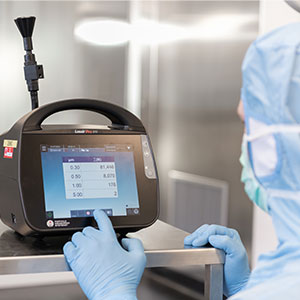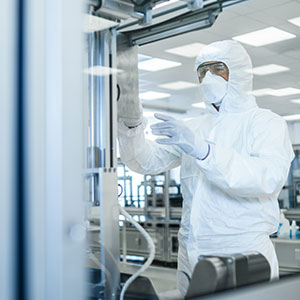In the world of controlled environments and cleanrooms, the role of airborne particle counters is paramount. Without accurate measurements, there can be no effective control of air quality. Here we aim to demystify the process of airborne particle counter selection for your specific application. From understanding terminology to delving into standards, certification, and various monitoring solutions, we’ll provide a comprehensive guide to help you make an informed decision.
Understanding the Basics
Before delving into the selection process, it’s crucial to understand the factors associated with selecting an airborne particle counter including volumetric flow rate, particle sizes of interest, and monitoring environment play a pivotal role in determining the appropriate device for your needs.
Navigating ISO Guidelines
Adhering to industry standards is paramount. The ISO 14644-1:2015 standard, focusing on air cleanliness by particle concentration, sets limits for particles of varying sizes. The certification levels, such as ISO Class 5 or Class 6, provide clear guidelines on particle concentration in different cleanroom environments.
Selecting an Airborne Particle Counter
This paper introduces various solutions based on particle size and flow rate, providing a clear overview of products like Lasair® III 110 and Lasair® Pro particle counters and the NanoAir™ 10 Condensation Particle Counter (CPC). It highlights the importance of choosing the right counter based on the frequency of monitoring and the specific requirements of your cleanroom or controlled environment.
Communication Options and Proper Connections
This paper emphasizes the significance of communication options, discussing Ethernet, RS-232, RS-485, and 4-20 mA output. It provides insights into the importance of proper communication wiring and instrument connections, considering factors such as portability, internal blowers, and vacuum hookups.
Monitoring Locations and Specialized Environments
This paper also navigates through the process of determining the number of monitoring locations based on cleanroom area and ISO requirements. Further, it addresses monitoring solutions for specialized environments, including minienvironments, harsh environments, and gas monitoring.

